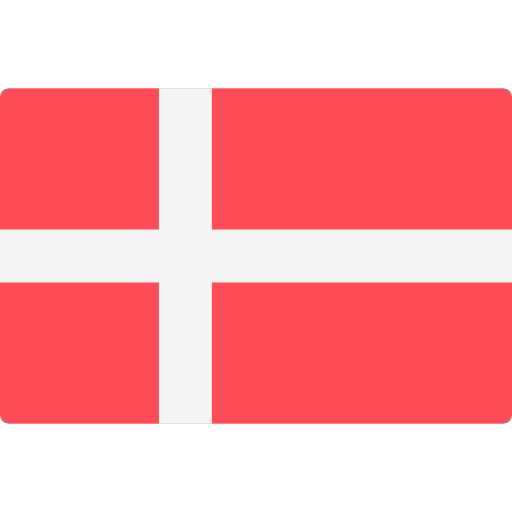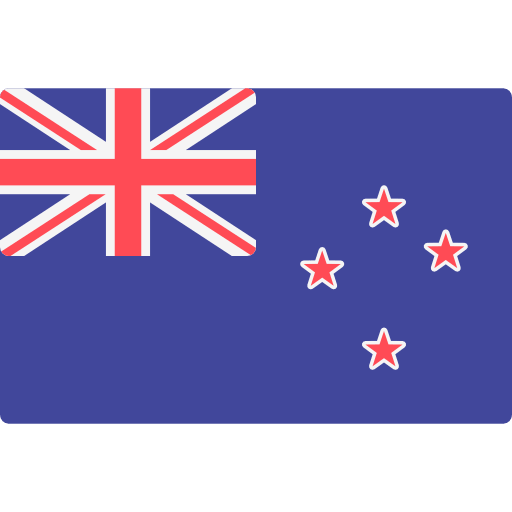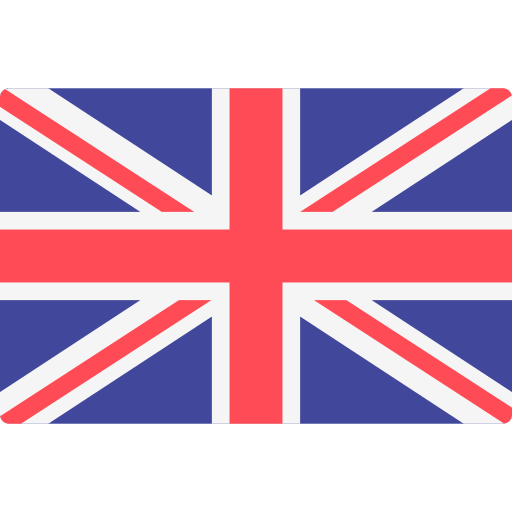Cosmetics & Personal Care | Monthly bulletin | November 2025

Ensuring candle & home-fragrance safety: Precision testing for global compliance
The candle and home-fragrance industry faces increasing pressure from consumers to demonstrate scientific rigour, traceability, and compliance with evolving safety standards. This includes risk assessment, technical documentation, and clear consumer information.
Eurofins C&PC provides advanced testing solutions to help manufacturers optimise product performance while meeting stringent regulatory requirements across Europe and beyond:
Combustion safety
Ensuring safe combustion is crucial.
- Soot formation: Measured via spectrophotometry under NF EN 15426, providing quantitative data for single wick candles up to 100 mm in diameter.
- Burn duration & indoor fire-safety: Assessed using NF EN 15493, complemented by container heating studies.
- Outdoor flame stability: Verified with NF EN 17616 under challenging conditions.
Global market compliance
We support international market access through U.S.-aligned testing:
- Fire safety: ASTM F2417
- Soot emission analysis: ASTM F2326
- Thermal-shock resistance for glass containers: ASTM C149
- Accessory safety (often overlooked): ASTM F2601 and NF EN 17885, covering stability, surface temperature, flammability, and labelling
Consumer information & labelling
Regulatory compliance also requires accurate consumer guidance:
- Verification of pictograms and warnings in line with NF EN 15494, NF EN 17617, NF EN 16740, and ASTM F2058
With harmonised standards, robust methodologies, and deep technical expertise, Eurofins C&PC enables manufacturers to substantiate safety claims, anticipate regulatory changes, and deliver products that inspire consumer confidence.
New Eurofins C&PC protocol quantifies pigmentation contrast as a predictor of skin age
Eurofins C&PC has introduced an advanced protocol that establishes a robust link between pigmentary contrast and estimated skin age, offering cosmetic brands a novel endpoint for efficacy substantiation. The method relies on high-resolution imaging and precise colorimetric analysis to measure the contrast between individual pigment spots and surrounding skin. These values are then correlated using machine learning tools and a database of decades of studies on pigment evolution and skin ageing.
This enables calculation of an “age gain”: the reduction in estimated skin age following treatment. For example, if a pigment spot typical of a 60-year-old resembles that of a 52-year-old post-treatment, the protocol quantifies an 8-year age gain. This metric provides a clinically interpretable, objective indicator – bridging biophysical data with consumer-relevant claims.
The protocol is adaptable to diverse phototype, ensuring accuracy and cultural relevance in global trials. It also delivers a reproducible framework for benchmarking formulations targeting hyperpigmentation, complexion uniformity, and overall skin tone improvement.
By integrating this protocol into clinical studies, Eurofins C&PC empowers brands with a scientifically validated, communication-ready measure of cosmetic efficacy, strengthening innovation pipelines and regulatory compliance.
Navigating efficacy testing for skincare products: A strategic imperative for the US market
In a US market where scientific validation increasingly shapes both regulatory expectations and consumer behaviour, efficacy testing has evolved from a compliance task into a decisive competitive lever. With performance-driven claims now influencing purchasing more strongly than “clean” or “natural” positioning, brands must demonstrate not only that formulations are safe, but that they deliver quantifiable, reproducible effects.
Today’s US consumers expect substantiated multifunctionality: hydration kinetics, barrier optimisation, biome-friendly action, pigmentation control, and clinically measurable anti-ageing effects. As the mechanisms behind these insights advance, so too does scrutiny of study design, from population relevance to endpoint robustness and statistical power.
Effective strategies begin with scientific alignment.
- Define precise claims based on ingredient functionality, mode of action and regulatory constraints.
- Integrate testing early, mapping timelines around stability, safety (e.g., HRIPT, SIU) and multi-phase efficacy programmes.
- Select the right methodologies: high-resolution imaging, biophysical instrumentation, longitudinal clinical scoring and targeted microbiome or biomarker analyses provide complementary evidence.
In a market that increasingly values transparency, efficacy is not merely a requirement — it is a growth strategy. Those who master evidence-based narratives will secure consumer trust and long-term relevance.
At Eurofins Cosmetics & Personal Care, our global expertise supports brands from claim ideation to compliant substantiation, delivering rigorous, market-aligned data packages. By transforming technical evidence into credible claims, we help position performance as a true driver of brand differentiation.
Find out more: Download the full white paper here
What’s next?
Trade show
International Symposium SFC - 2-3 December 2025
Paris, France
Cosmoprof Asia - 2–6 December 2025
Paris, France
Webinar
GMP in Cosmetics - ISO 22716 & NSF/ANSI 455-3: Navigating standards for global market success
Tuesday, December 2, 2025 at 3pm (CET)
Register: https://attendee.gotowebinar.com/register/4257680009594359637?source=Monthly-Bulletin
Expert Talk
Analytical Method Validation: Unlock Confidence in Compliance
Wednesday, December 10, 2025 at 12pm (CET)
Register: https://attendee.gotowebinar.com/register/4068249549484944985?source=Monthly-Bulletin

















































